The Week – 01 November 2019
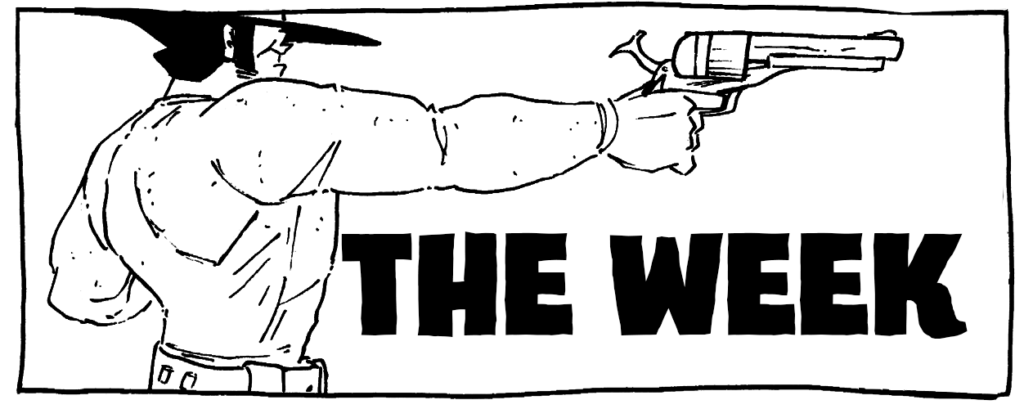
WATCHING:
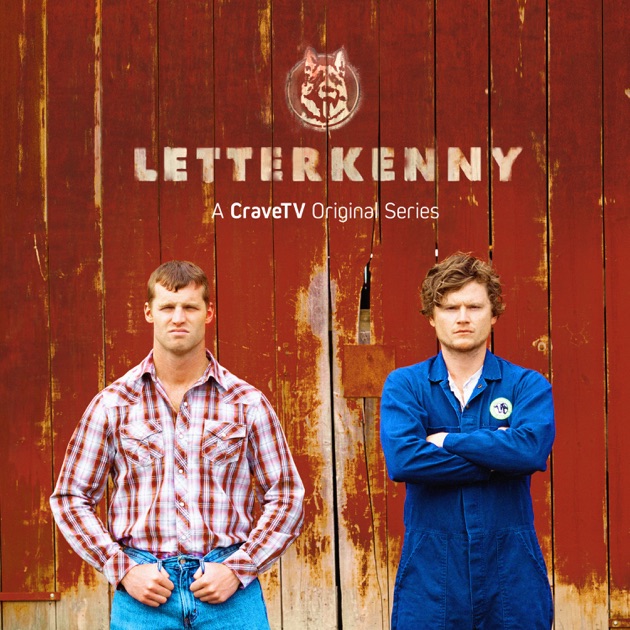
- Letterkenny – a quirky Canadian sitcom
As of this writing, I’m completely convinced that Letterkenny is the greatest television show ever made. Based on a short YouTube series called “Letterkenny Problems”, the transition from short to series is remarkable.
The premise of the original shorts had rural midwestern Ontarians talking directly to the camera relaying gossip from the fictional 5,000 population town of Letterkenny. It’s deadpan, rapid-fire delivery presents an interesting dichotomy with the hick chic aesthetic of the actors and of the stories they told.
A lot of that DNA survives into the show, but it’s flawlessly expanded the cast and made these people into rounded characters whose stories I have grown to care about dearly while retaining the very off-kilter, quirky, and politely profane (honestly) tone of the original shorts.
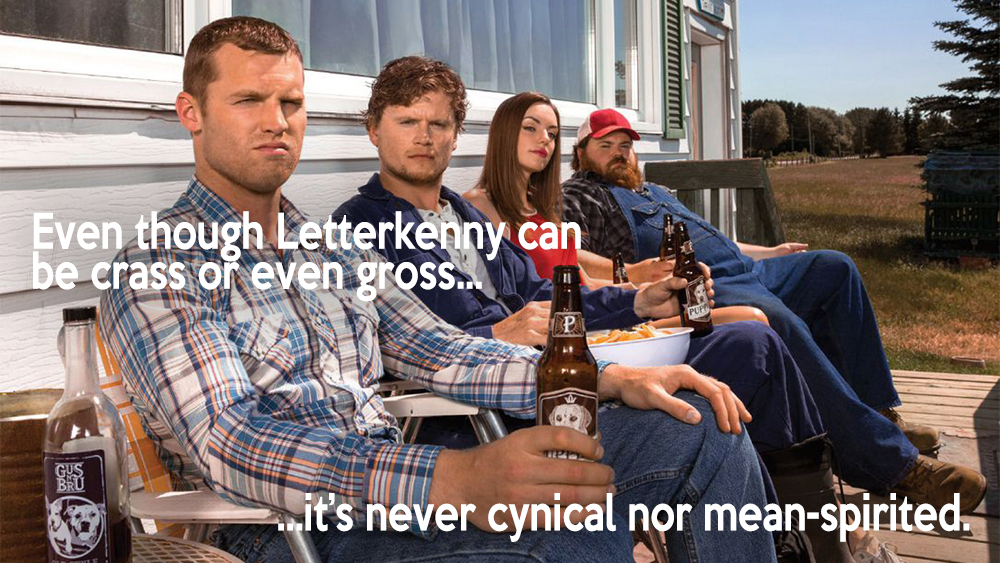
The best way to describe why it’s hitting me so hard is that there is an innocent earnestness to the writing and––most importantly––even though it can be crass or even gross at times, it’s never cynical nor mean-spirited. Perhaps that’s its Canadian origin coming through, but the politeness of interactions between friends and enemies on the show comes across as nigh-ritualistic in its formalities that are repeated––often many times per episode––word-for-word.
Letterkenny is hitting a side of my humor that really brightens my day even when I’m only thinking about it while at work. It’s definitely not for everybody, but it’s doing so many things I hadn’t seen before––all while still being tightly written and well-acted––that, to me, it’s feels revolutionary. It’s the only show I’ve wanted to binge in years, which is dangerous because even though there are seven seasons, they’re comprised only of between six to seven half-hour episodes each, and this is something I truly want to savor (and then watch all over again).
LISTENING:
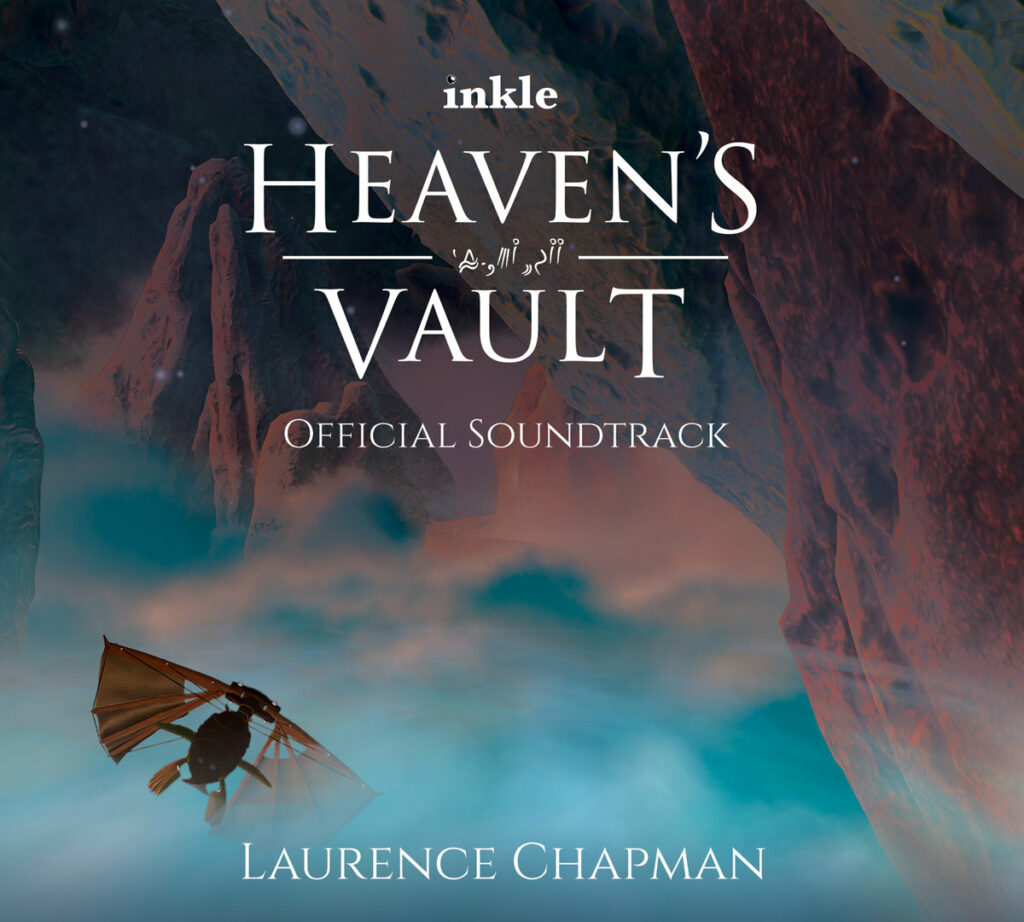
- Heaven’s Vault – the official video game soundtrack by Laurence Chapman
In order to grade papers, I have to get into a very strange mindset. In a sense, I have to put the world on pause, but in my head it’s not like pausing digital media where everything stops in a perfect, frozen moment. Instead it’s more of like pausing a well-worn VHS tape––the image bouncing and distorted with perhaps some feedback noise coming through the speakers, straining against the brake pushing against it.
To get through it, I work in a very myopic headspace. I have my desk organized in a very specific way. I have my computer angled in a specific way. My desk lamp needs to be at a certain angle. Most importantly, I need music. For each bout of grading I go through, I tend to find the one album that I can listen to on repeat, but it really acts as melodic white noise. When I think of specific classes or semesters, I often can recall specifics when I think of the grading music I was using at the time.
Most always it’s instrumental and orchestral––a lot of soundtracks like God of War, Logan, Wonder Woman, Dark Phoenix, Stranger Things, The Last of Us––but some anomalies get through, such as the electronic-based score of the first Deadpool movie and the most recent Tori Amos album, the ethereal Native Invader.
And so, for this cycle, the soundtrack of my professional purgatory seems to be the outstanding score by Laurence Chapman to the independent video game, Heaven’s Vault.
I found it not by playing the game (which I ashamedly still have not done) but through an interview with Chapman on a podcast I adore called Level with Emily Reese, a show about video game music where Reese interviews and has conversations with the games’ composers. It gets technical and into music theory and I love it.
While I’m a little worried about playing the game after listening to the soundtrack so much––a problem that had a strange effect when I finally played God of War––the game itself seems promising and unique that I’m quite excited to see how this music aids the narrative of a game all about finding and interacting with language.
CHAPTER 4 UPDATE:
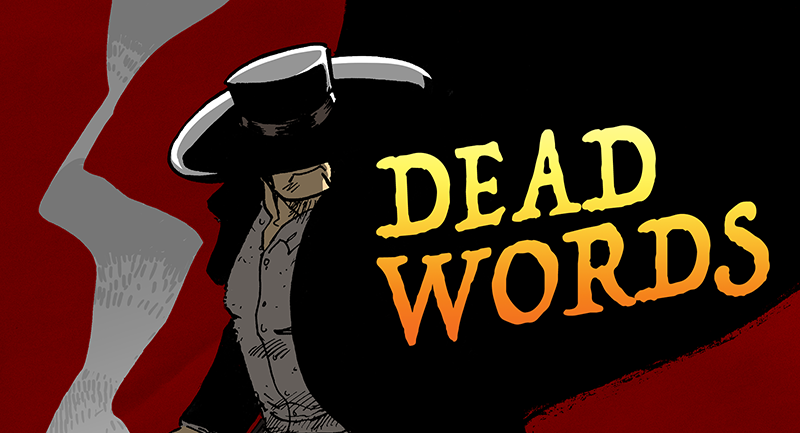
In case you missed it, the title (“Dead Words”) and cover (click on the above link) for Chapter 4 were revealed last week. The response has been all positive and I can’t wait to get the book to you––in print and online––as soon as possible.
The book is completely lettered now and I’m almost done putting down the flat colors on it. Flatting is a maddeningly boring process where the base colors are laid on the page so that shading and highlights can be done on top of it. It’s ultimately helpful because it separates elements in the panels––characters from backgrounds, and the like––so that the rendering (shadows, highlights) will go really quickly since I’m not starting from scratch when I move from panel to panel, page to page.
But working on the book is temporarily on hold until I get through this batch of grading, which may be another week or so. But overall, I’m happy with the progress and where it’s at. But I certainly can’t wait to get back to it.
I’ve hinted at more exciting announcements for this book, but those are not quite ready, but should be soon. So stay tuned!
Oh…okay, here’s a look at a finished panel from the beginning of Chapter 4.
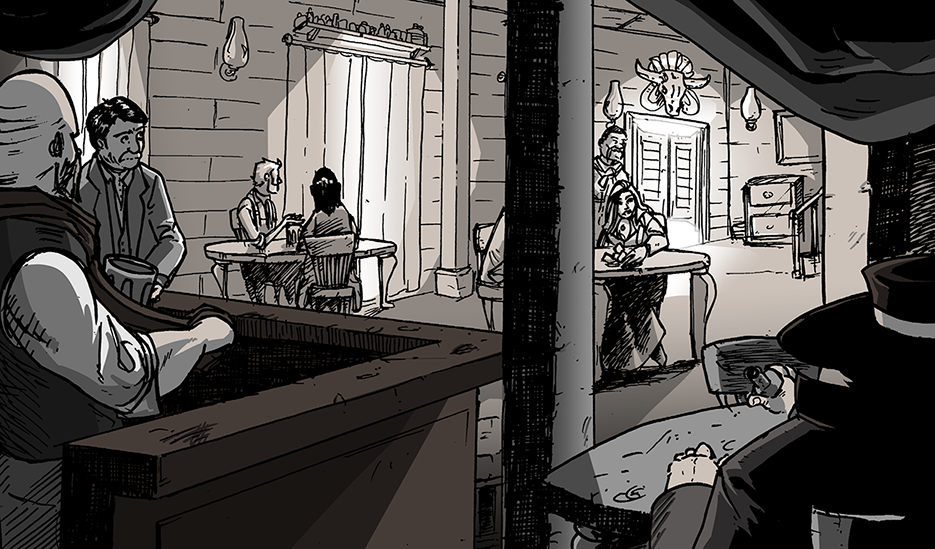

Discussion ¬